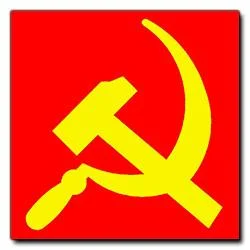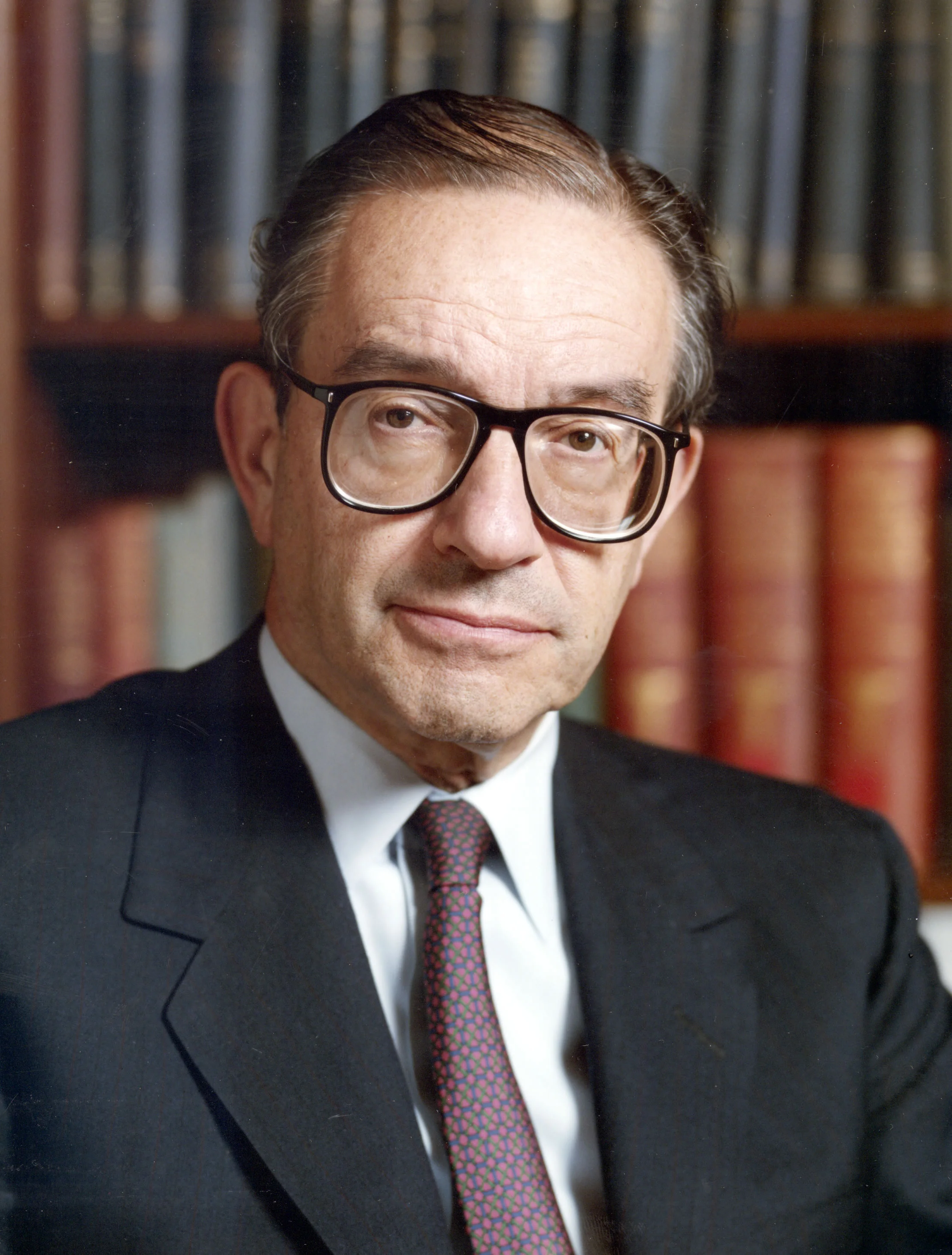Interest Rates and Inflation
Interest Rates and Inflation
The dollar used to be gold and silver coins. Paper Federal Reserve Notes (look at the top of a paper dollar) could be exchanged for the metal dollars. Now the dollar is just numbers on paper and a computer screen. Understanding how monetary inflation affects interest rates is the most important issue for understanding how to hedge against dollar denominated debt. Most Americans are unaware how the Federal Reserve influences their life through interest rates.[1]
Interest is the cost of a loan. For example, 100 dollars loaned for 1 year at 10% interest would yield 110 dollars at the end of the year.
Interest rates are influenced by time, risk, and supply vs demand.
Longer term loans typically have higher interest rates than shorter term loans to reflect the additional time the lender has to wait to use his money again.
Risky loans have higher interest rates than safe loans. Therefore, the interest on the loan is also influenced by the perceived risk of losing one’s money.
Interest rates are also determined by the supply of loans/money relative to demand. All things being equal, if the supply of loans increases relative to demand (the desire and ability to pay the loan with interest), then the average interest rate will decrease. As loans decrease in supply relative to demand, the interest rate will increase on average, to reflect the smaller pool of available loans.
The advantage of paper money for US government spending is that the Federal Reserve, the central bank, can print money.
“The United States can pay any debt it has because we can always print money to do that. So there is zero probability of default.“ -Former Federal Reserve Chairman Alan Greenspan, Meet the Press, August 7, 2011.
Printing money makes the dollar worth less and lowers interest rates at first and then eventually the money becomes worthless and results in higher interest rates later.
“We can guarantee cash benefits as far out and at whatever size you like, but we cannot guarantee their purchasing power.” -Fed Chairman Alan Greenspan, US Senate Committee on Banking, Housing and Urban Affairs, Feb 16, 2005.
At first, printing money (monetary inflation) creates bubbles. Bubbles are goods or services that would be sold at lower prices but which are affordable at higher prices to people who have access to the new money or loans at low interest rates.
However, while interest rates do tend to decrease to reflect the increased supply of loans, eventually, when people realize that inflation is a deliberate policy and will go on endlessly, interest rates will increase to reflect the risk of the money becoming worth less after the loan is repaid. If you loan out $100, get back $110, but now things that cost $100 cost $150 because the deliberate policy of monetary inflation causes price inflation, then you are poorer even though you have more money.
When the demand for loans decreases as interest rates increase, bubbles pop because people can’t afford to pay the higher interest rates on the loans they need.
“The wavelike movement affecting the economic system, the recurrence of periods of boom which are followed by periods of depression, is the unavoidable outcome of the attempts, repeated again and again, to lower the gross market rate of interest by means of credit expansion. There is no means of avoiding the final collapse of a boom brought about by credit expansion. The alternative is only whether the crisis should come sooner as the result of a voluntary abandonment of further credit expansion, or later as a final and total catastrophe of the currency system involved.” -Ludwig von Mises, Human Action, pg. 570.
Since the bursting of the Housing Bubble in 2008, central banks have been enacting so-called Zero Interest Rate Policies (ZIRP) in the USA and Negative Interest Rate Policies (NIRP) in Europe,[2] while other central banks have been doing the same. The Fed has printed money in Quantitative Easing (QE 1, 2, and 3)[3] and Operation Twist[4] while keeping interest rates near zero per cent until Dec 2015 when the Fed began to raise the Federal Funds Rate, which influences all interest rates. However, in 2019 the Fed announced that they were no longer raising interest rates.[5][6]
"Believe me: We're in a bubble right now. And the only thing that looks good is the stock market- but if you raise interest rates even a little bit, that's going to come crashing down. We are in a big, fat, ugly bubble. And we better be awfully careful.“ -Trump in a presidential candidate debate with Hillary Clinton, Sept 2016.
President Trump knows that the Federal Reserve printing money provides easy credit for our cash-strapped consumer economy.
“If the Fed had done its job properly, which it has not, the Stock Market would have been up 5000 to 10,000 additional points, and GDP would have been well over 4% instead of 3%...with almost no inflation. Quantitative tightening was a killer, should have done the exact opposite” -President Trump’s tweet from April 14, 2019.
While it is incorrect that there would have been, “almost no inflation,” from QT’s opposite, QE, his opinion does put this quote into perspective:
“I think we are actually at a point of encouraging risk-taking, and that should give us pause. Investors really do understand now that we will be there to prevent serious losses. It is not that it is easy for them to make money but that they have every incentive to take more risk, and they are doing so. Meanwhile, we look like we are blowing a fixed-income duration bubble right across the credit spectrum that will result in big losses when rates come up down the road. You can almost say that that is our strategy.” -Jerome Powell, Chairman of the Federal Reserve, then member of the Board of Governors, Oct 2012 Federal Open Market Committee Meeting.
So, either the Federal Reserve prints money, keeps asset prices high with lower interest rates, and risks making the dollar worth less, or it raises interest rates, dries up the supply of affordable loans, and causes defaults on a record scale as people prefer to purchase safe-haven investments.
Editor’s Note: Graph added to article in November to illustrate the Fed’s asset purchases bouncing off the September lows.
“But then finally the masses wake up. They become suddenly aware of the fact that inflation is a deliberate policy and will go on endlessly. A breakdown occurs. The crack-up boom appears. Everybody is anxious to swap his money against ‘real’ goods, no matter whether he needs them or not, no matter how much money he has to pay for them. Within a very short time, within a few weeks or even days, the things which were used as money are no longer used as media of exchange. They become scrap paper. Nobody wants to give away anything against them.” -Ludwig von Mises, Human Action (1949), page 428.
Whichever way interest rates move, central bankers around the world seem to think that diversification into gold is a good hedge against dollar denominated debt. As they have been printing money and pumping up asset bubbles with low interest rates in response to the Great Recession, they have simultaneously been trading their paper money for gold. Alan Greenspan said in an interview for the Council on Foreign Relations in Nov 2014, “Gold is a currency. It is still by all evidences the premier currency where no fiat currency, including the dollar, can match it.”[7]
What’s in your wallet?
"Lenin was certainly right. There is no subtler, no surer means of overturning the existing basis of society than to debauch the currency. The process engages all the hidden forces of economic law on the side of destruction, and does it in a manner which not one man in a million is able to diagnose." -John Maynard Keynes, The Economic Consequences of the Peace, Chapter VI pg 236
[1] https://fred.stlouisfed.org/series/FEDFUNDS
“The federal funds rate is the interest rate at which depository institutions trade federal funds (balances held at Federal Reserve Banks) with each other overnight. When a depository institution has surplus balances in its reserve account, it lends to other banks in need of larger balances. In simpler terms, a bank with excess cash, which is often referred to as liquidity, will lend to another bank that needs to quickly raise liquidity. (1) The rate that the borrowing institution pays to the lending institution is determined between the two banks; the weighted average rate for all of these types of negotiations is called the effective federal funds rate.(2) The effective federal funds rate is essentially determined by the market but is influenced by the Federal Reserve through open market operations to reach the federal funds rate target.(2)
The Federal Open Market Committee (FOMC) meets eight times a year to determine the federal funds target rate. As previously stated, this rate influences the effective federal funds rate through open market operations or by buying and selling of government bonds (government debt).(2) More specifically, the Federal Reserve decreases liquidity by selling government bonds, thereby raising the federal funds rate because banks have less liquidity to trade with other banks. Similarly, the Federal Reserve can increase liquidity by buying government bonds, decreasing the federal funds rate because banks have excess liquidity for trade. Whether the Federal Reserve wants to buy or sell bonds depends on the state of the economy. If the FOMC believes the economy is growing too fast and inflation pressures are inconsistent with the dual mandate of the Federal Reserve, the Committee may set a higher federal funds rate target to temper economic activity.”
[2] https://www.cnbc.com/2016/02/09/from-zirp-to-nirp-whats-the-feds-next-move.html
[3] https://www.federalreserve.gov/Events/conferences/2012/cbc/confpaper1/confpaper1.pdf Introduction: Because of their dramatic impact on the size of the Fed’s balance sheet, the most visible of the new policy measures have been large asset scale purchases (LSAPs), known more generally as quantitative easing (QE).
[4] https://www.zerohedge.com/contributed/fed-announces-operation-twist
[5] https://www.nytimes.com/2019/01/30/us/politics/fed-interest-rate.html
[6] https://www.bloomberg.com/news/articles/2019-06-19/fed-scraps-patient-rate-approach-in-prelude-to-potential-cut






